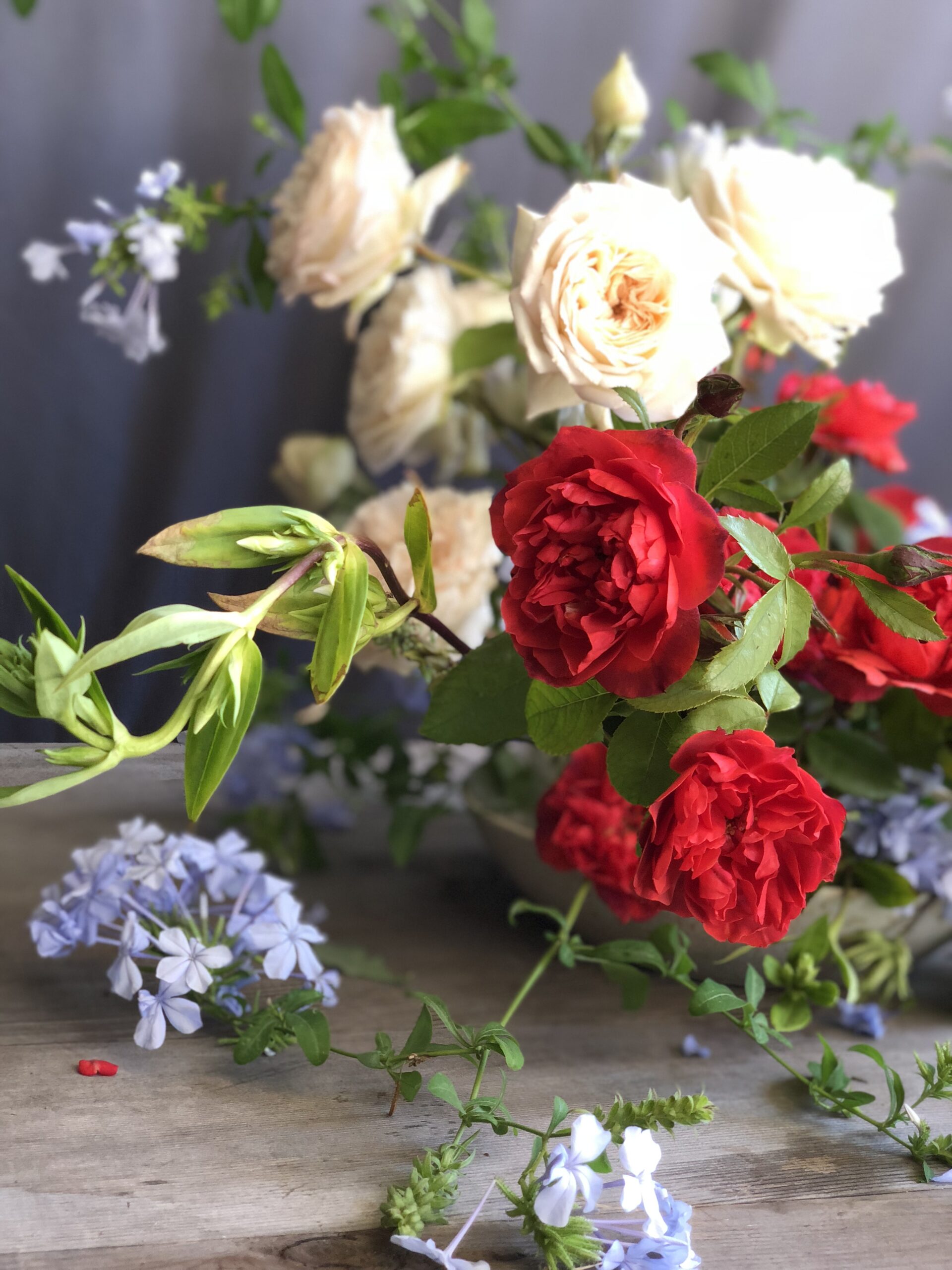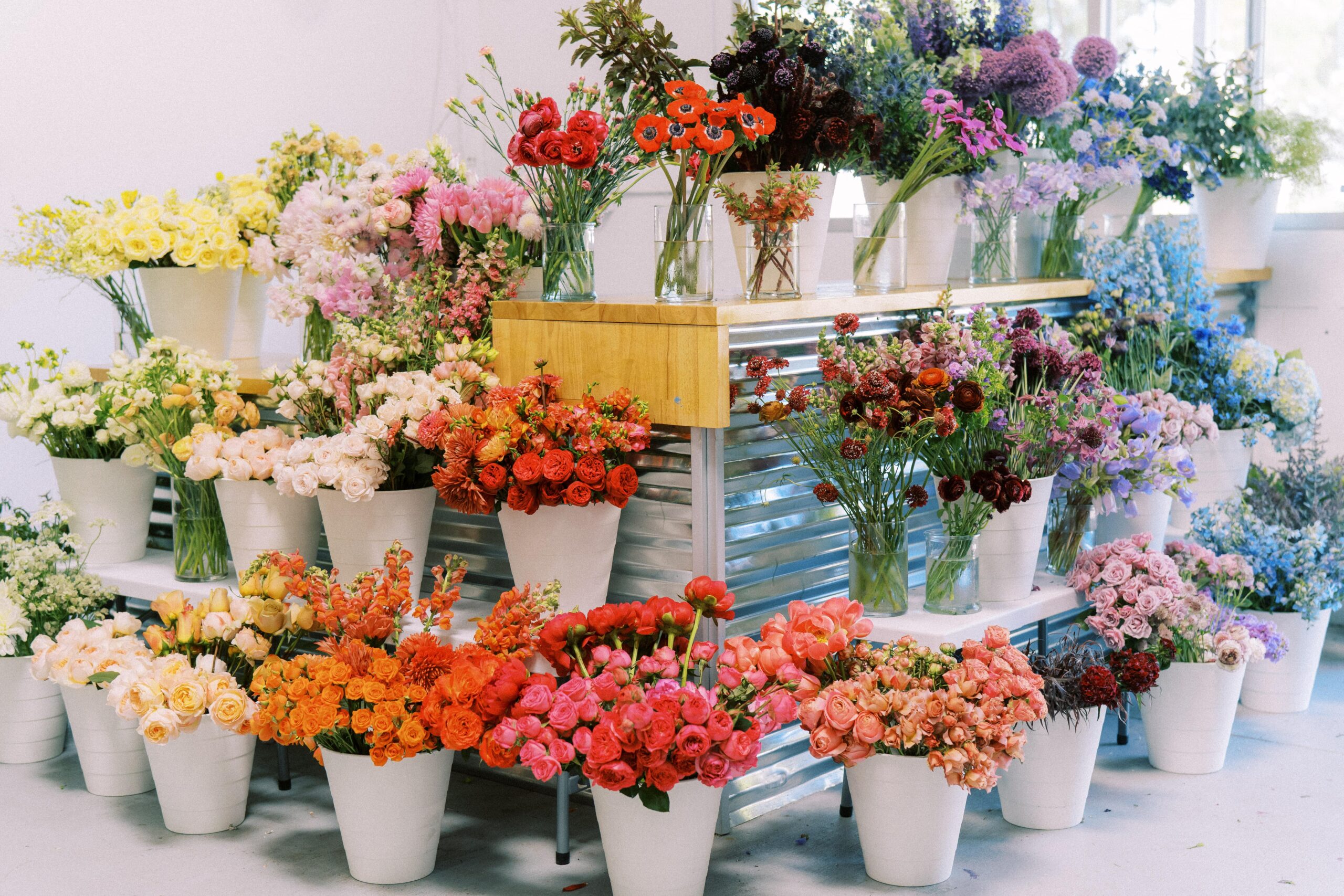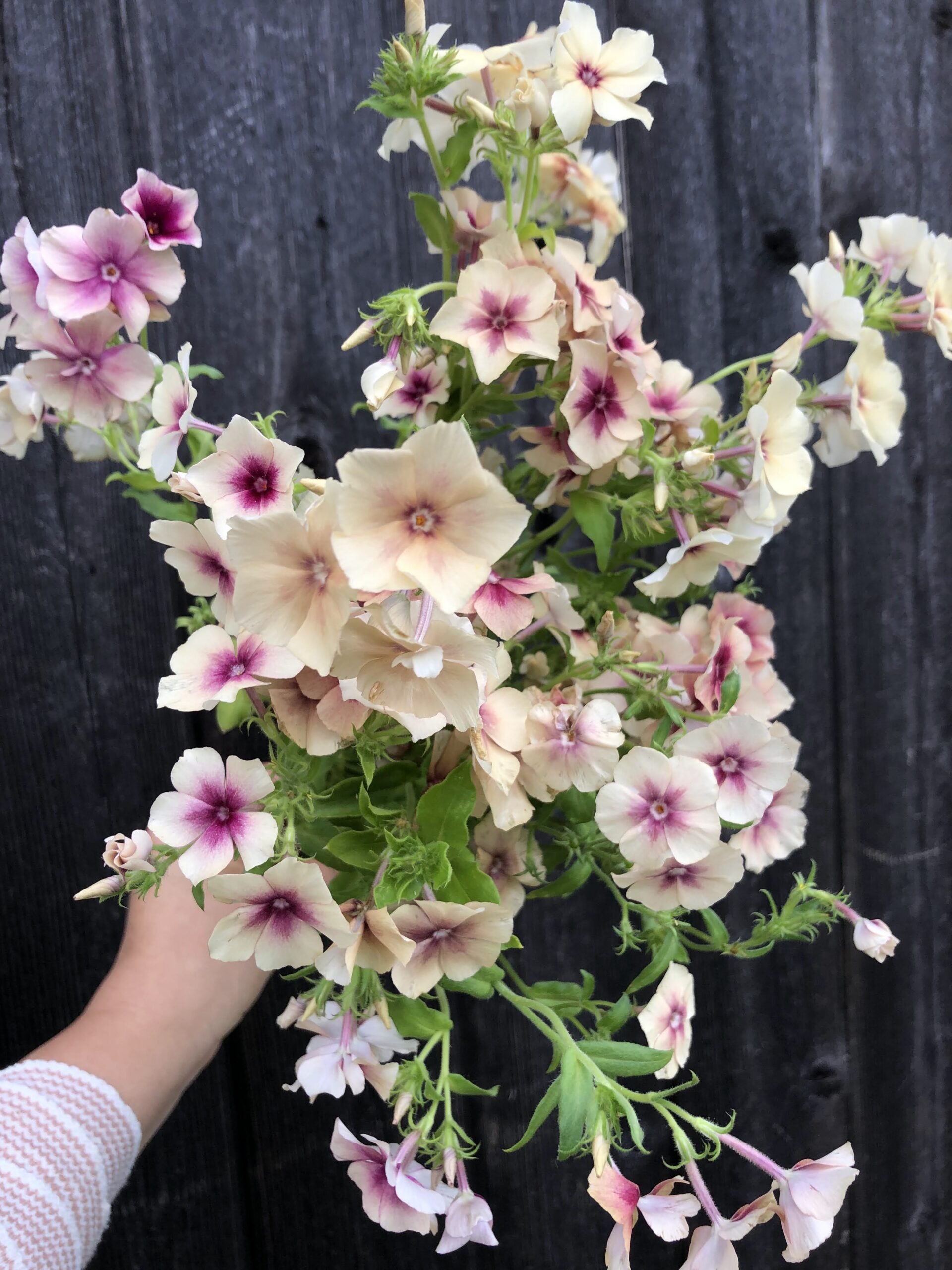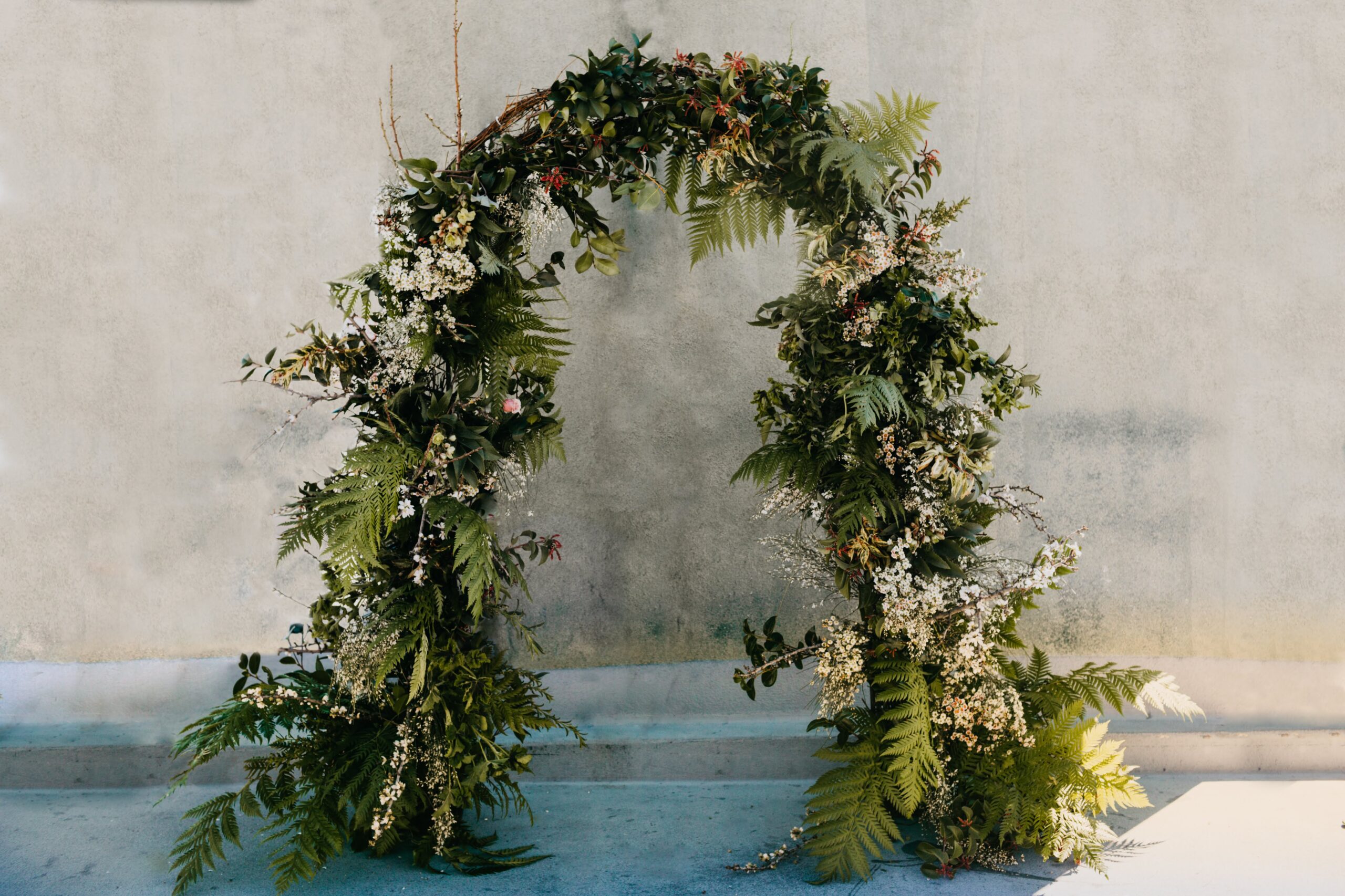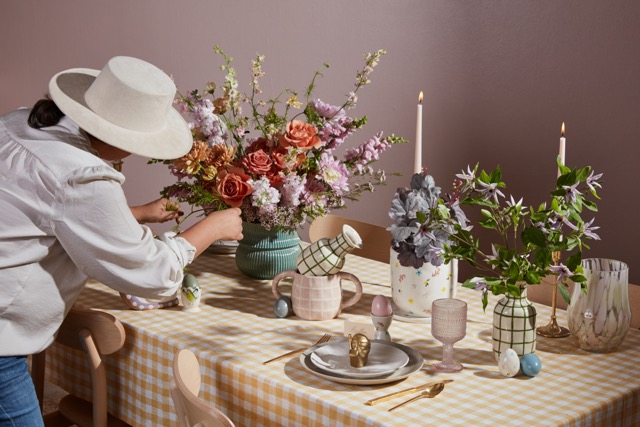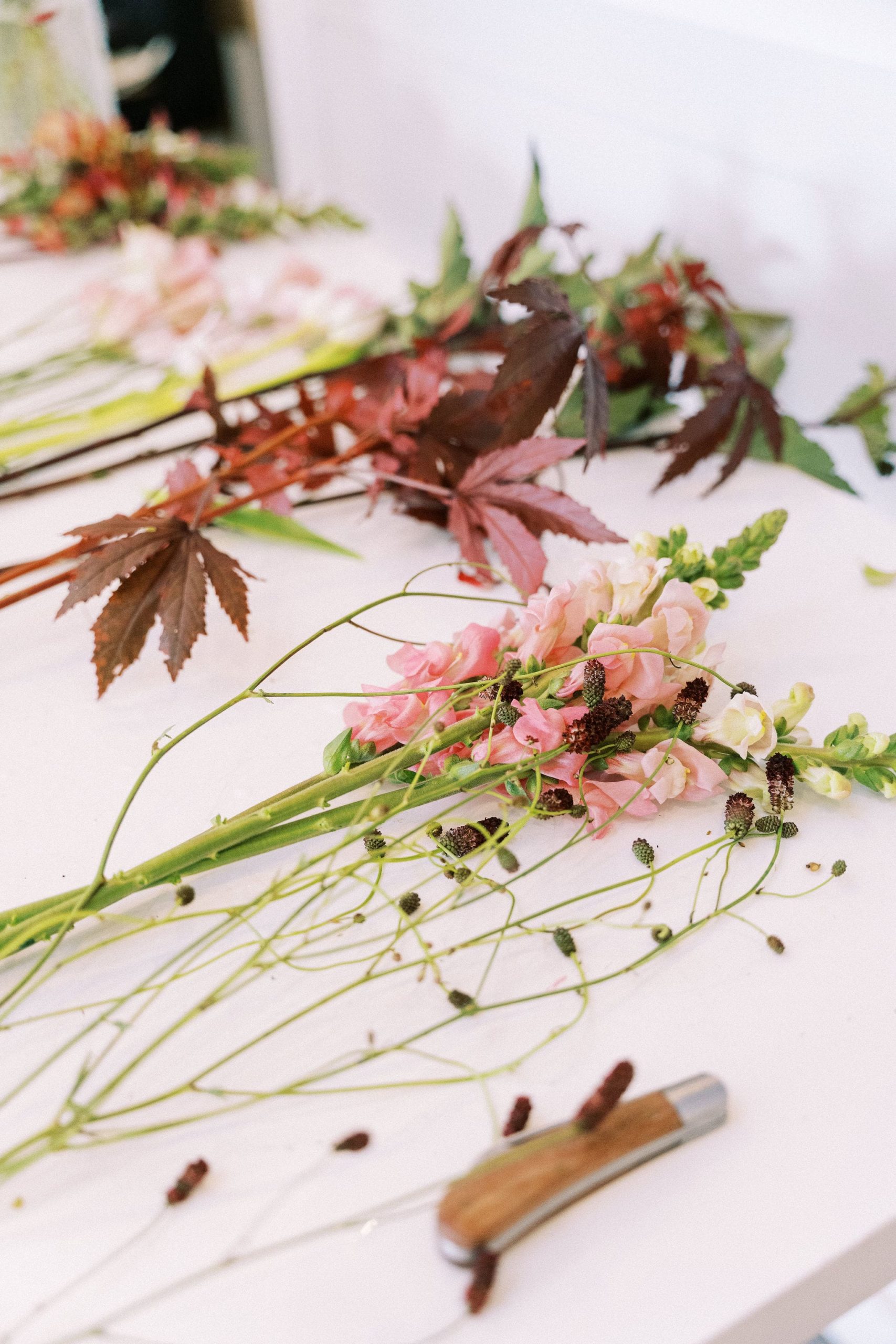My Number One Tool: The Florist’s Knife
I’m often struck by the similarities between floral design and culinary arts.
As disciplines, they both deal in the creative, expressive, and emotive. Culturally, food and flowers can be celebratory but are also used to bring comfort and express sympathy in harder times. Practically, we source both from the earth and have to juggle performance with perishability.
The comparisons don’t stop there. You see, if knives are the extension of a good chef’s hands, florists are no different, but I find many designers can be intimidated by the blade as a design tool.
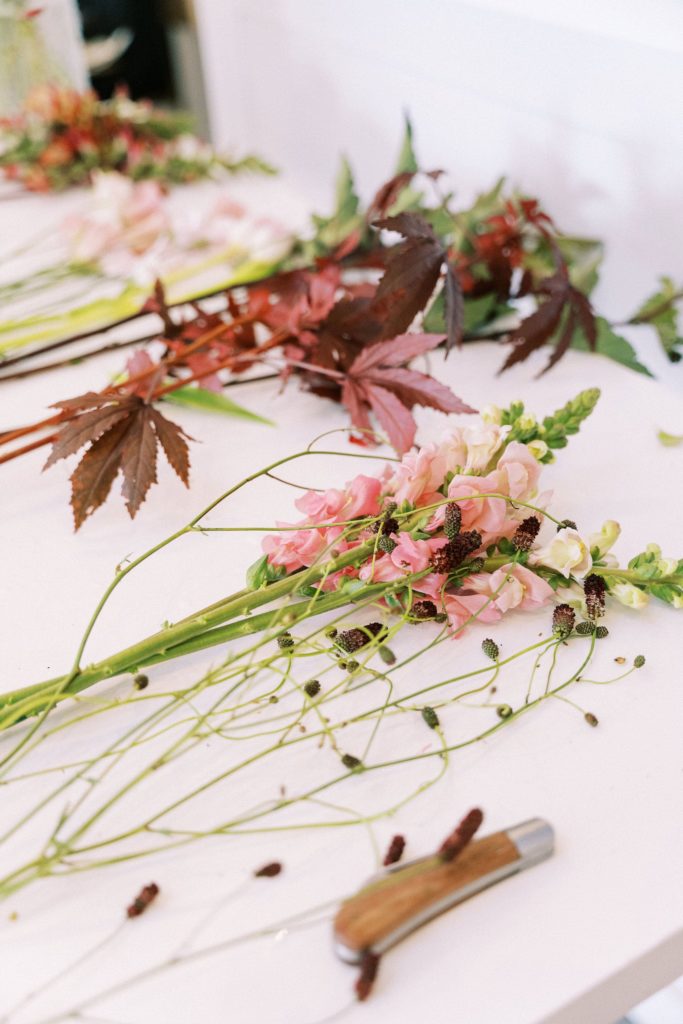
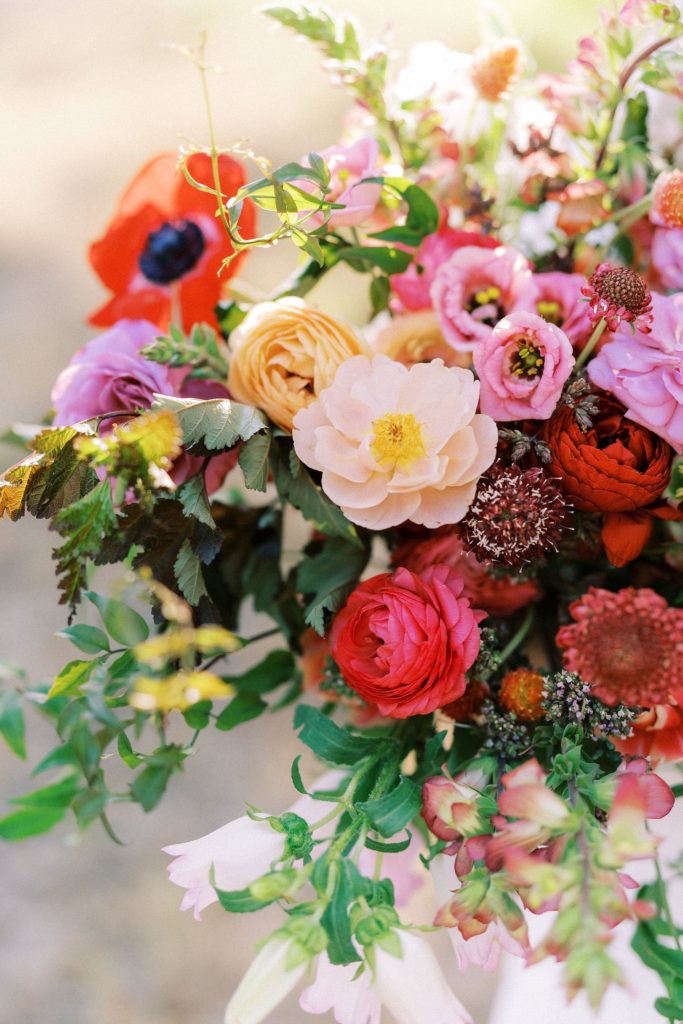
Picture this: you go into the kitchen to prepare just about anything and what’s the first tool you grab? A sharp knife. Maybe when you were a child it was scary, but you practiced and improved and now, as an adult? It’s just the tool you use to get the job done.
Floral designs are the same way. After all, there’s a reason knives are a go-to floral design tool, they provide clean cuts, are incredibly efficient, and oftentimes more ergonomic.
Cutting It
Knives can provide the cleanest, sharpest cut for your flowers. Sharp clippers can do a great job and play an important role but can also risk pinching and crushing stems which can diminish water uptake and compromise hydration. A knife, on the other hand, allows you to modify stem length without causing damage.
Additionally, knives create a great angled cut on your stem and that angled cut allows your stem to enter an arrangement or bouquet with more ease without snagging or catching on other flowers and stems. The goal: stems should always be able to reach a water source in the easiest way possible.
So really knives are a two-for-one hydration hack: a cleaner cut that better maneuvers into water.
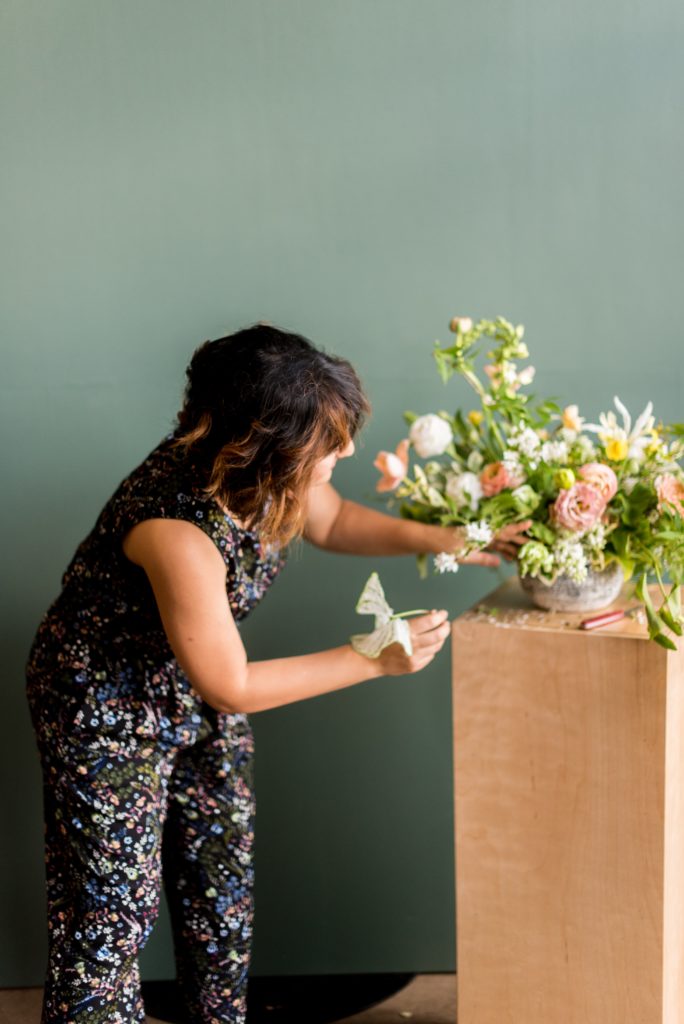
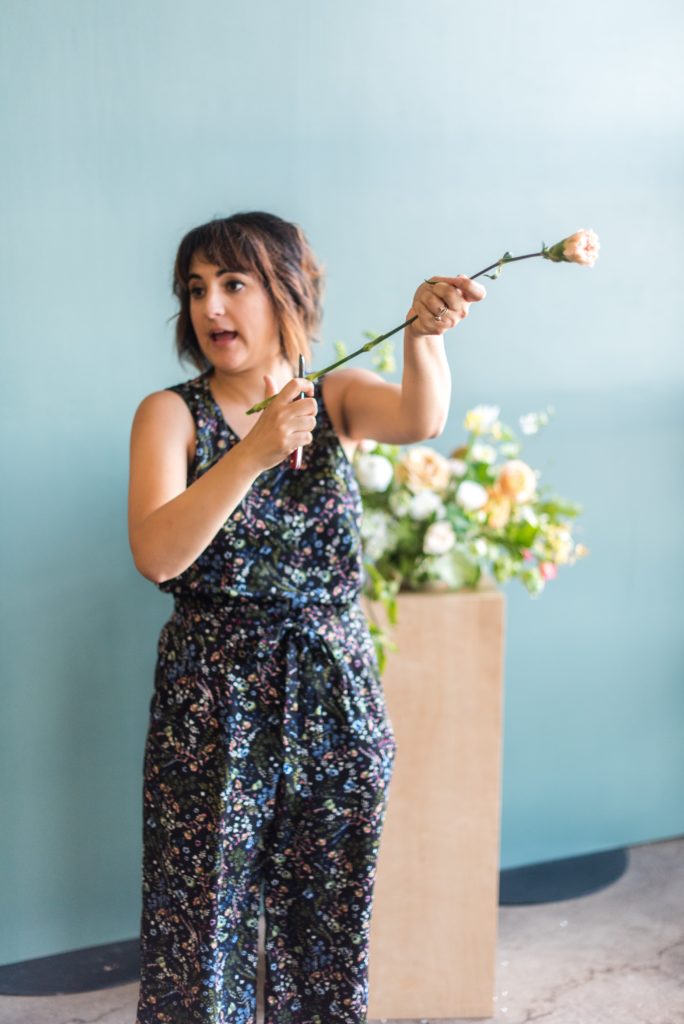
Versatility
Knives also perform where shears or other tools can’t. Knives are equally effective on thin, hollow stems (like a sweet pea, ranunculus, anemone, and snapdragons) as they are on thick stems (roses, small branches, and foliage). So in one arrangement, when you may typically reach for fine shears for thin stems, and clippers for thicker stems, you can use just one tool to do it all most of the time!
Knives are also fabulous for processing flowers as they make quick work of removing thorns, nodules, and leaves. Additionally, they can be more precise than other cleaning tools and won’t cause excess abrasions that can lead to bacterial damage.
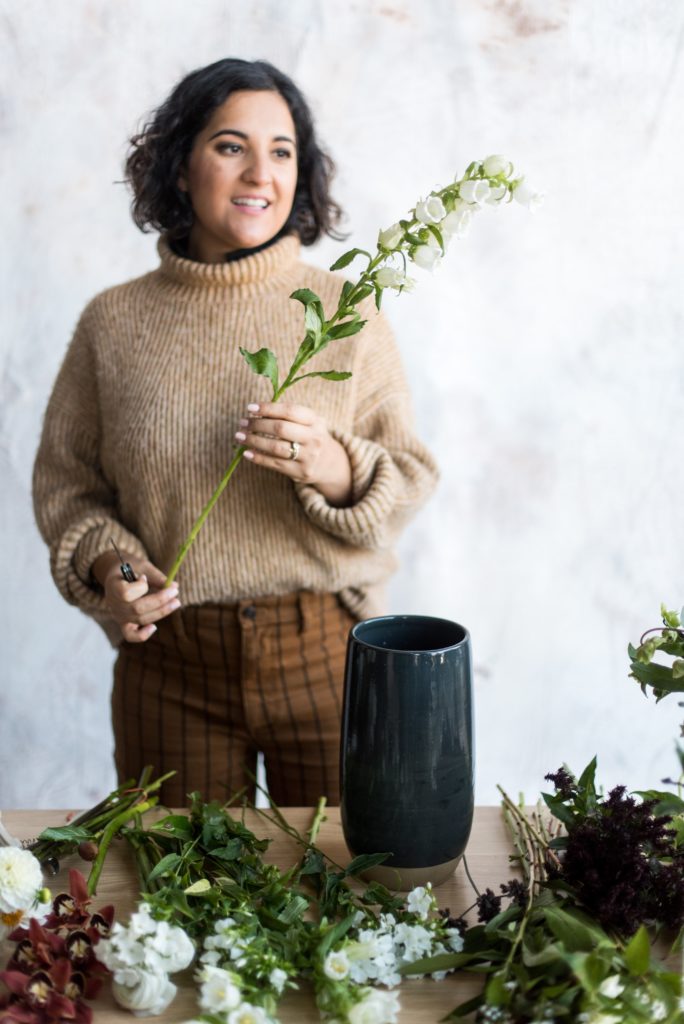
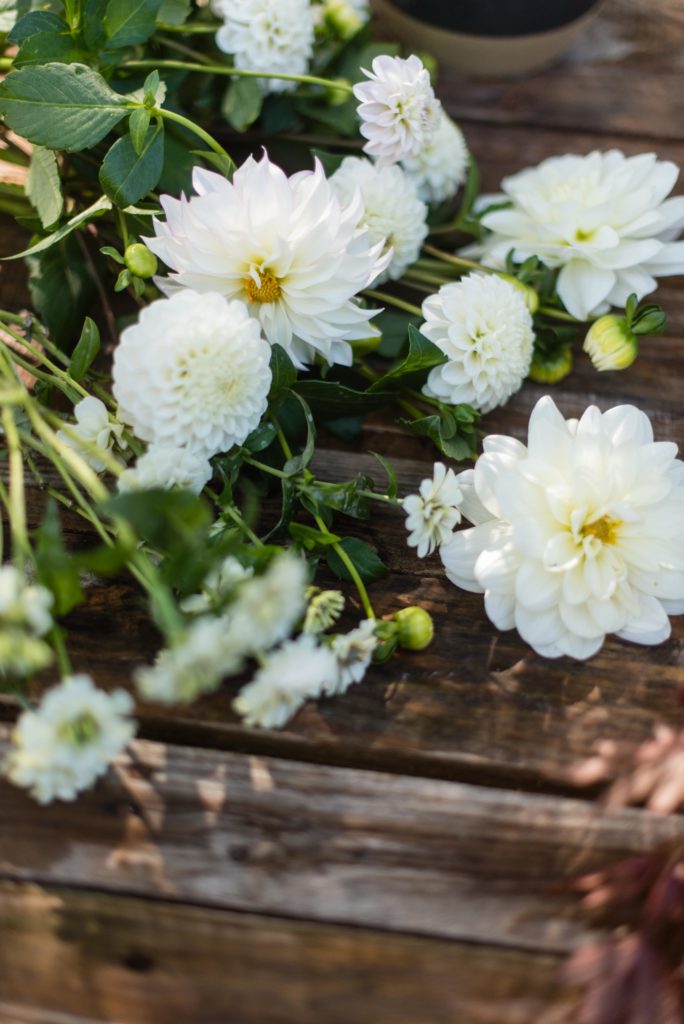
Efficiency
Any tool that can perform more than one function is a great benefit to efficient design, but beyond that, knives are lightweight and won’t fatigue the user, allowing them to work faster and for longer.
Additionally, unlike other tools, knives can live in your hand as you perform other tasks. Experienced knife users can process, design, and more without ever putting their knife down. There is a well known design studio in New York City that requires all designers to only use knives for efficiency reasons. The owner of the business told me “every time the clippers hit the design table, it’s time lost.” It’s simple math: less time picking up and putting down your tool = time saved.
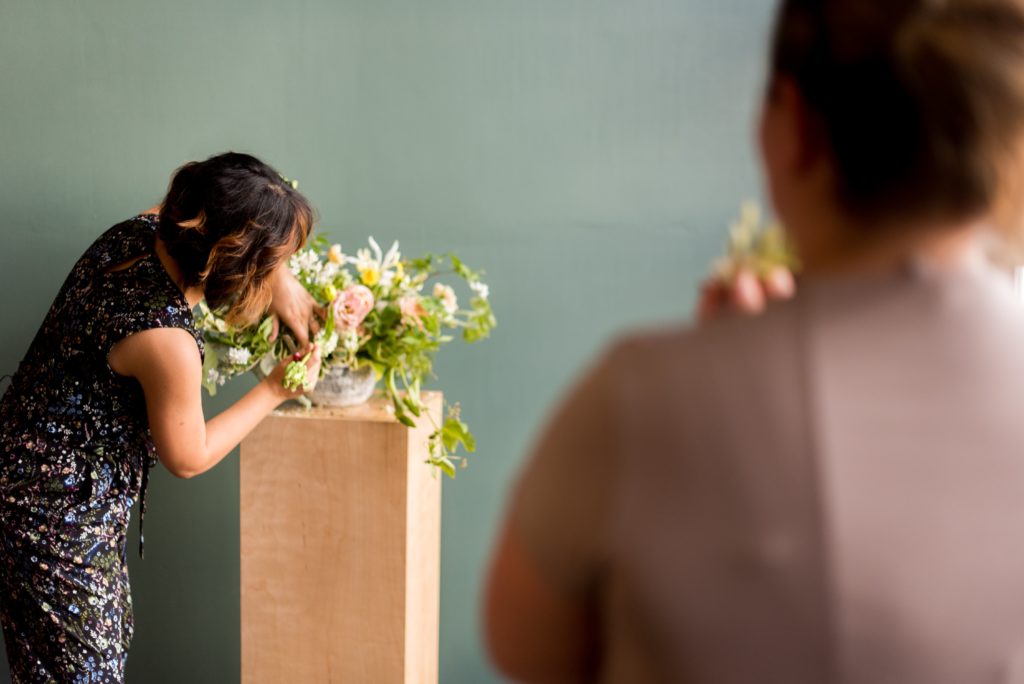
Ergonomics
If you aren’t convinced yet to consider a knife: Consider this….every time you open and close clippers, you are putting strain on the small tendons and ligaments in your fingers, wrist, hand and elbow. Think hairstylists and carpal tunnel. The repetitive opening-and-closing motion especially with heavy clippers puts excess stress on your most valuable, irreplaceable tool: your body.
Clippers can exclusively use your hands and forearms to perform the open-and-close motion. Preserve their use for the most necessary cuts and minimize the use of heavy shears along with spring loaded shears.
Knives, alternatively, engage more of your body to achieve the same cut. When using a knife, you grasp with your hands, pinch with your thumb, slide your arm, pivot your shoulder, and even twist at the waist. This distributes the workload across more muscles, diminishing the effort on any one part of your body. It’s like lifting. We all know to “use our legs” (and core!) when lifting to avoid throwing out our back. Treat your hands and arms the same way.
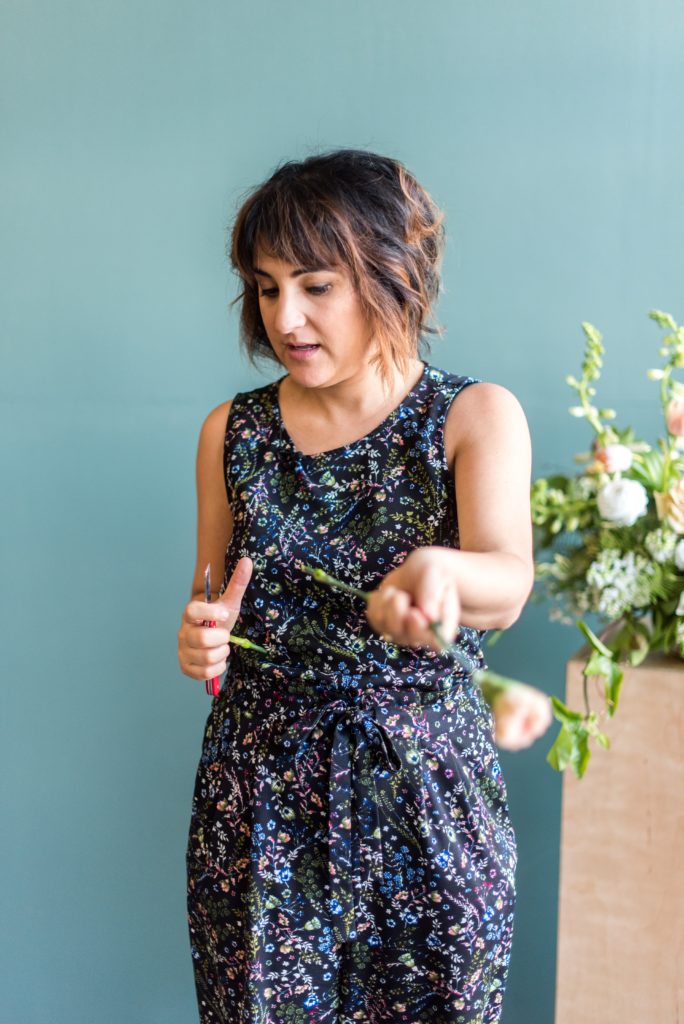
The Big Picture
It’s easy to share about design but I often miss hearing more of the story about how to protect our bodies as florists. Taking care of our bodies and operating efficiently and profitably are equally (if not more) important as creating a beautiful bouquet. So when I say “consider the knife,” it’s not about being a legit florist or not. If it’s better for my flowers, better for my body, and makes me a faster designer, then it’s better for my business and bottom line.
If the proper technique hasn’t been taught to you, don’t worry. I have a thorough demonstration using my favorite knife, here. You can also explore cheaper or larger options if you’re not ready to commit to an expensive tool or you are still trying to get the hang of it.
Check out the second part of this series, “My Favorite Florist Tools,” and if you’re still needing a knife-wielding confidence boost, message me @thefloralcoach, I’d love to be your cheerleader!
Disclaimer: As an Amazon affiliate, I may receive a small kickback if you use my links to purchase something I recommend!
Previous Post:
Next Post:
I think you'll also love reading...

